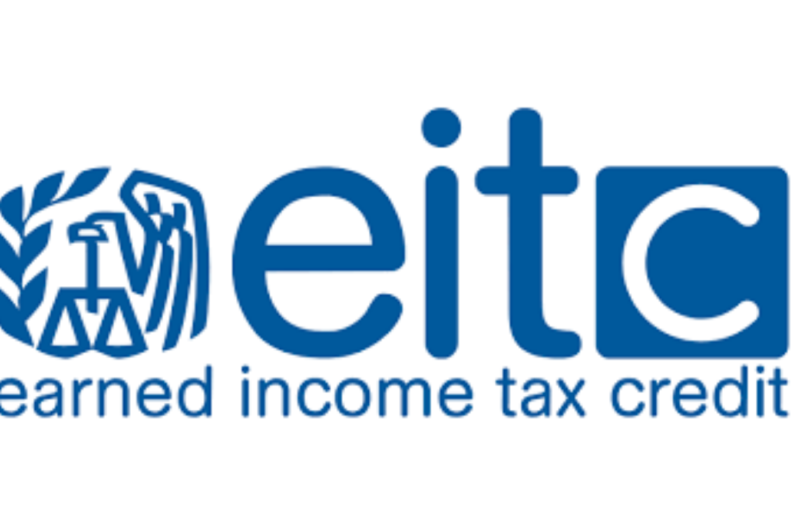The Earned Income Tax Credit (EITC) is a valuable benefit designed to support low-to-moderate-income working individuals and families by reducing their tax liability and, in some cases, providing a refund. Understanding whether you qualify for the EITC can lead to significant financial relief. Here’s a comprehensive guide to help you determine your eligibility for this important credit.
What is the Earned Income Tax Credit (EITC)?
The EITC is a refundable tax credit available to eligible taxpayers who meet specific income and filing requirements. Unlike non-refundable credits, the EITC can reduce your tax liability to zero and potentially provide a refund beyond your tax liability.
Eligibility Requirements for EITC
To qualify for the EITC, you must meet several criteria. These include income limits, filing status, and other requirements:
1. Income Limits
Your earned income and adjusted gross income (AGI) must be below certain thresholds to qualify for the EITC. These limits vary based on your filing status and the number of qualifying children. For 2024, the income limits are:
- Single or Head of Household:
- No Children: Up to $17,640
- 1 Child: Up to $46,560
- 2 Children: Up to $52,918
- 3 or More Children: Up to $56,578
- Married Filing Jointly:
- No Children: Up to $24,650
- 1 Child: Up to $53,560
- 2 Children: Up to $60,918
- 3 or More Children: Up to $64,578
These thresholds are adjusted annually for inflation, so it’s important to check the latest figures each year.
2. Filing Status
You must have a valid filing status to qualify for the EITC. Eligible filing statuses include:
- Single
- Head of Household
- Married Filing Jointly
Note: You cannot claim the EITC if your filing status is “Married Filing Separately.”
3. Earned Income
To qualify, you must have earned income from employment, self-employment, or a combination of both. Types of earned income include:
- Wages
- Salaries
- Tips
- Self-employment income
- Union strike benefits
Investment income does not count as earned income.
4. Qualifying Children
If you claim children for the EITC, they must meet certain criteria:
- Age: Children must be under age 19, or age 24 if a full-time student, or any age if permanently disabled.
- Relationship: Children must be your son, daughter, stepchild, foster child, or descendant of these (e.g., grandchild).
- Residency: Children must live with you in the U.S. for more than half the year.
5. Other Requirements
- Social Security Number: You, your spouse (if applicable), and all qualifying children must have valid Social Security Numbers.
- Citizenship: You must be a U.S. citizen or a resident alien for the entire tax year.
- Non-Dependent: You cannot be claimed as a dependent on someone else’s tax return.
How to Apply for the EITC
- Prepare Your Tax Return: Complete your tax return using Form 1040 or 1040-SR. Include all required information about your income, filing status, and qualifying children.
- Use IRS Tools: The IRS provides an EITC Assistant tool on its website to help you determine your eligibility and estimate your credit.
- Claim the Credit: On your tax return, claim the EITC by filling out Schedule EIC if you have qualifying children, or directly on Form 1040 if you do not have qualifying children.
- File Your Tax Return: Submit your completed tax return by the deadline, typically April 15. E-file or mail it to the IRS.
Benefits of the EITC
- Reduces Tax Liability: The EITC lowers your tax bill, which can be particularly beneficial if you owe taxes.
- Potential Refund: If the credit exceeds your tax liability, you can receive the excess as a refund, providing extra financial support.
- Increases Financial Stability: The EITC can improve your financial situation by providing additional funds to help with living expenses.





Leave a Reply